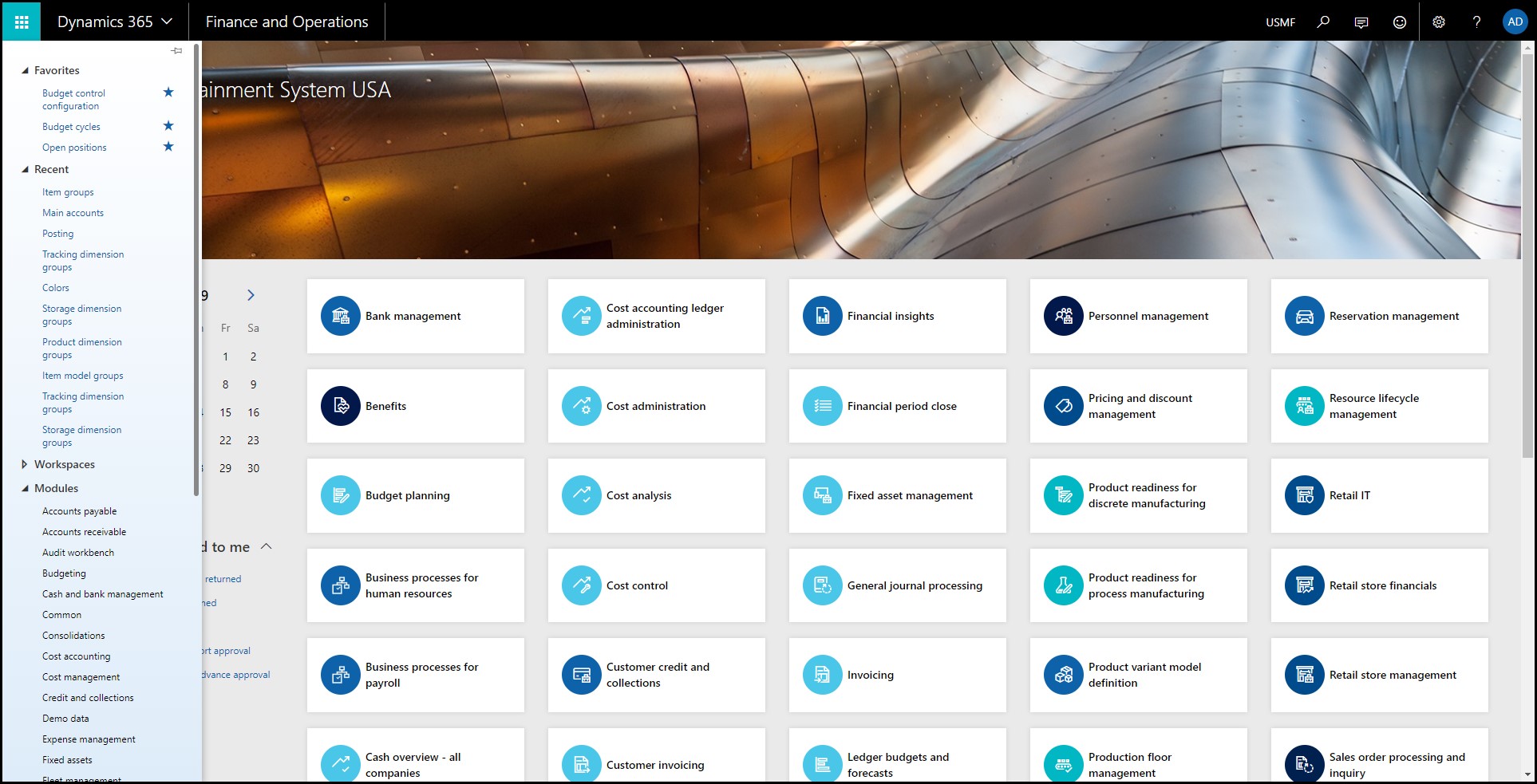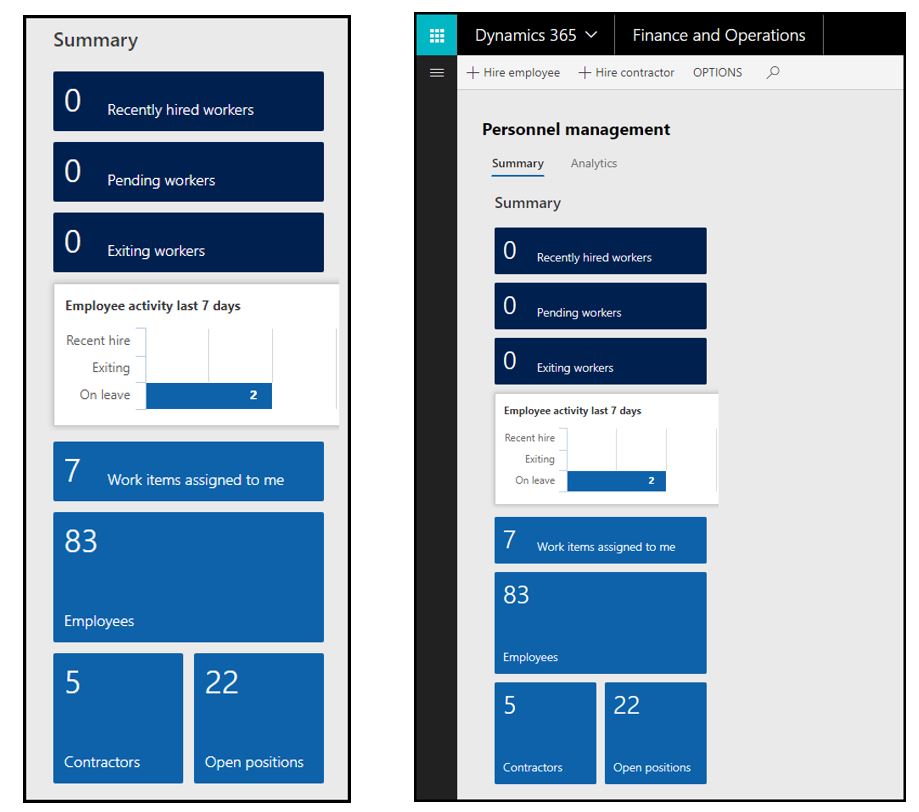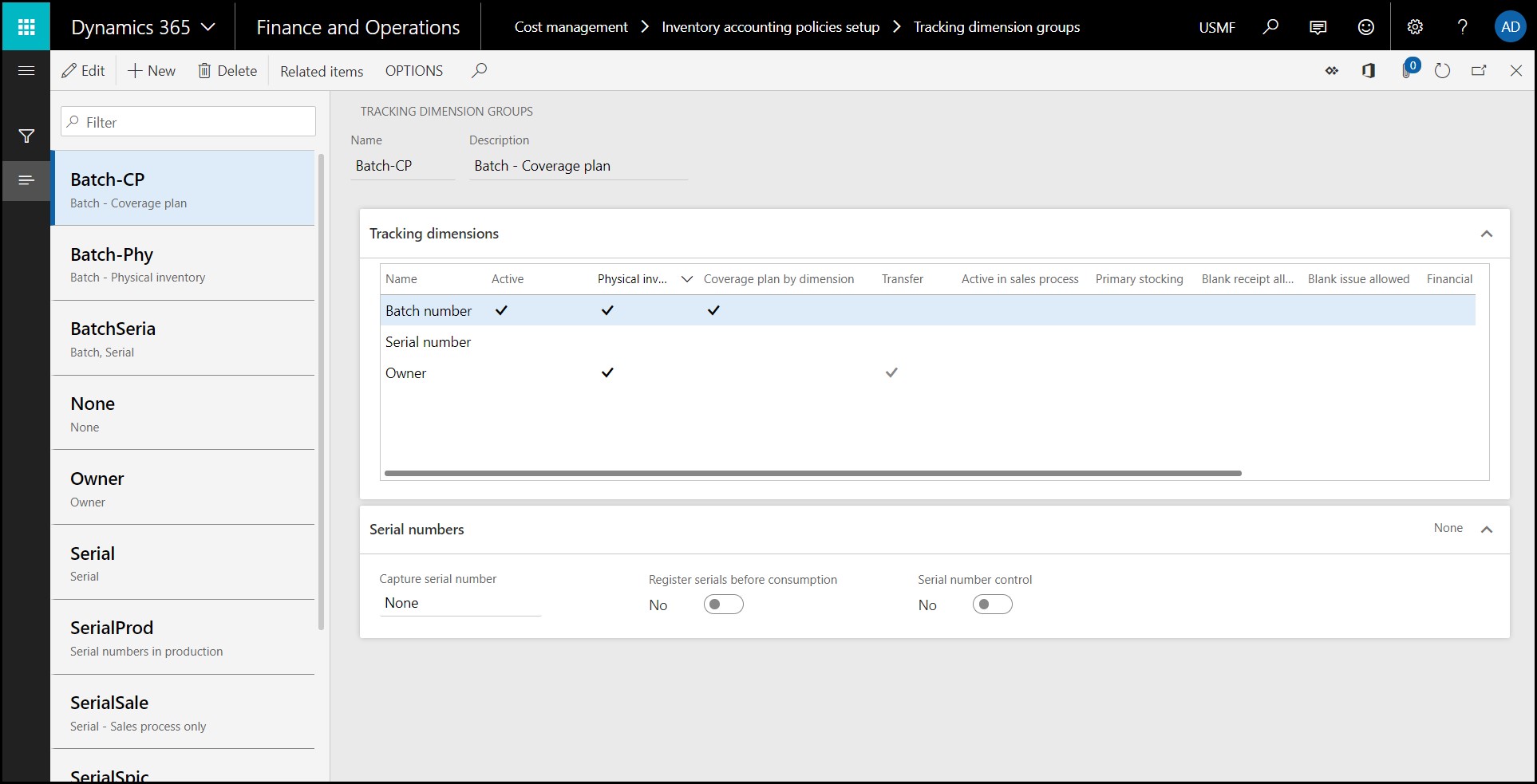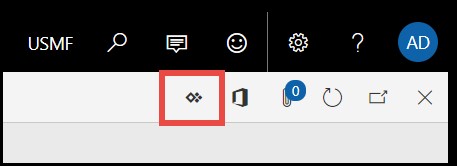Whether it’s for technical support help, user documentation and training, or our own reference, we all take software screenshots occasionally. Screenshots help us communicate issues and processes and clarify concepts for ourselves and others. Although taking screenshots is a very simple task, there are best practices you can follow to make screenshots work better for you. In this article, we will look at four tips and tricks for screenshots and compare the “before and after” screenshots in Dynamics 365 for Finance and Operations.
Tip #1: Crop for Context
Most software screenshots contain extraneous information that you may not actually need, depending on the purpose of your screenshot. For example, let’s say you need to take a screenshot in Dynamics 365 for Finance and Operations displaying your Favorites and Recent lists.

The original screenshot (on the left) technically shows the information you’re looking for in the far left panel, but most of the screenshot is devoted to information that has nothing to do with your intent. If you crop it down to the essentials, the result may look more like the screenshot on the right.
The cropped screenshot shows only the information you’re targeting, and it’s easier to read because you can increase the size, especially if you’re embedding the screenshot into a document, web page, or presentation.
Tip #2: Orient the Screenshot
Cropping is great for focusing the purpose of your screenshot, but you should also consider the context of your screenshot and who will need to use it. For example, let’s say you are taking a screenshot for a process document about the Personnel management workspace. You should include enough visual context for someone to orient themselves by using what they know about the system layout and the information you have provided.

If you are highlighting a feature of a D365FO workspace, the screenshot on the left is clearly a list of summary tiles, which is information you can infer, but you don’t have any visual context about where it occurs in the system or orientation within the page it occurs on. The screenshot on the right includes the title of the workspace and the action pane for the page. With these visual orientation clues, you can be reasonably certain that the screenshot, when referenced with a process document, will be easy to understand.
Tip #3: Add Overlays
In some cases, it is more appropriate and reasonable to add a callout box or highlight over a specific area of a screenshot to draw someone’s attention to it. For example, if you are indicating the PowerApps link in D365FO to someone, the icon is rather small in the context of an entire page of the system. In the screenshot below, the PowerApps icon is in the upper right-hand corner, but it’s difficult to see.

If you crop the screenshot down, you may make the icon easier to see, but it may also not provide enough direction, or it may be disorienting. In the screenshot below, the cropping has narrowed down the features, but there is no visual context for the screenshot, and you still don’t know which icon is for PowerApps (unless you had previous knowledge of it).

In this case, creating a well-balanced screenshot ideally involves some cropping and a callout box to ensure the viewer has the necessary information. In the screenshot below, the screenshot is cropped severely, but it provides enough visual orientation for a user who is familiar with the standard user interface of D365FO.

If your viewer may need more visual context, you could scale back the cropping and still include the highlight box to ensure you call out the icon.

Conclusion
Screenshots are useful tools for technical discussions, procedure documents, and general communication about software such as Dynamics 365 for Finance and Operations. Using a few simple tricks for adjusting screenshots can help make your communication and documentation more efficient.
Want to learn about Dynamics 365 for Finance and Operations? Visit academy.rsmus.com for eLearning courses and information about our hosted training classes in Denver! Or contact our Microsoft Dynamics experts at RSM (855) 437-7201.
Daniece Rainville

 RSMUS.com
RSMUS.com